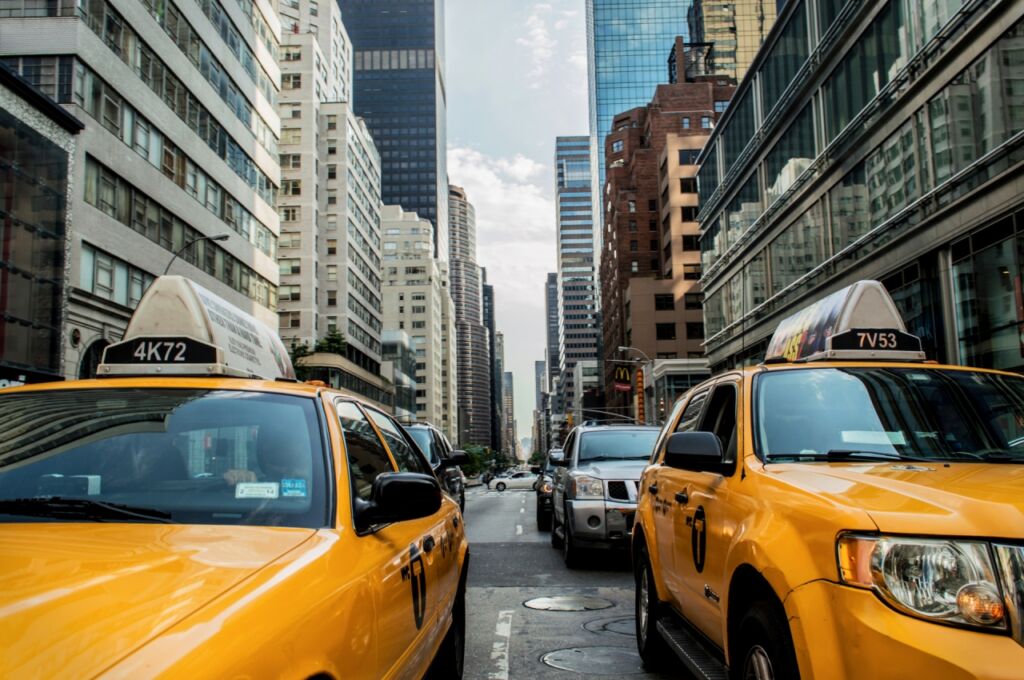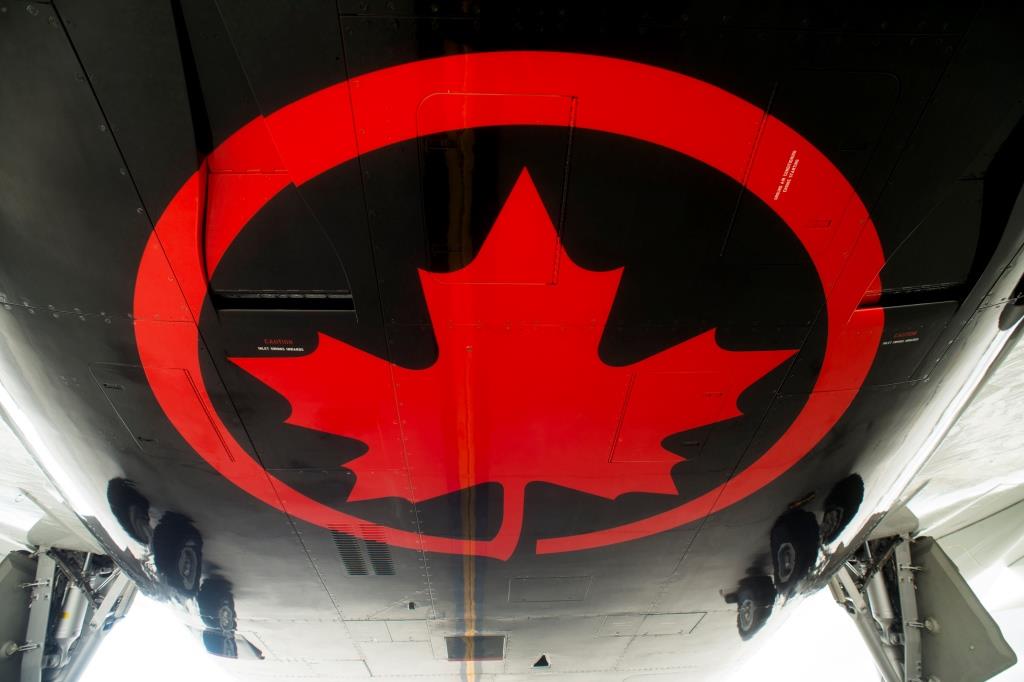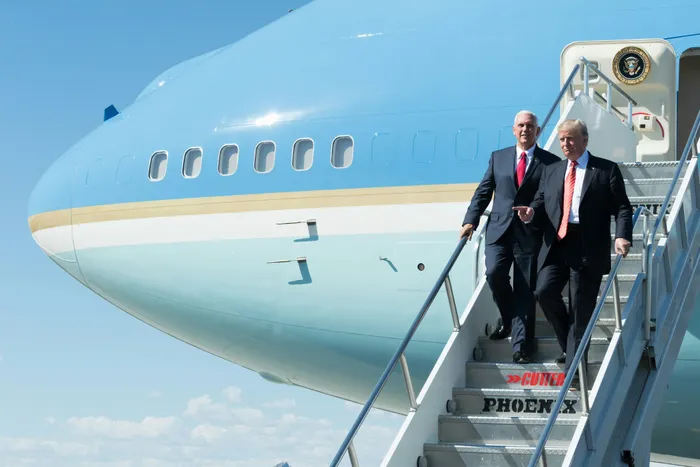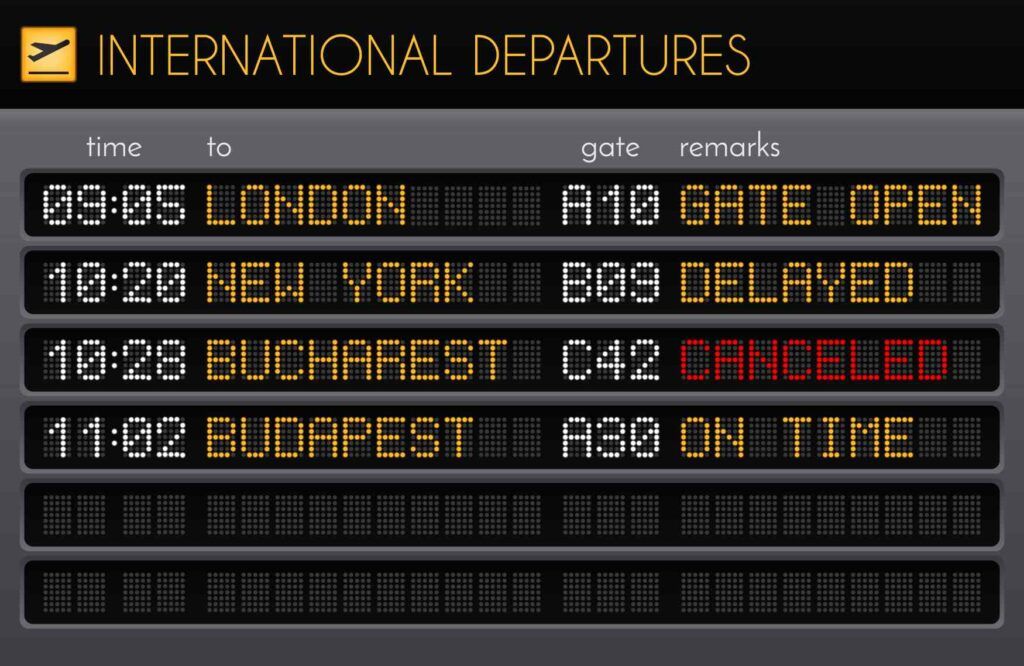Travel market share for the United States is seeing a downturn in 2025, according to new data from Mabrian. The research highlights a drop in travel intent among long-haul travellers from Europe, the GCC (Gulf Cooperation Council) countries, and Australia.
Mabrian’s latest Share of Searches Index shows a softening in flight search behavior towards the U.S. for trips planned through September 2025. Compared to the same period in 2024, search demand has declined across all major markets. European countries saw a moderate decrease of -0.3 percentage points, while Australia and the GCC both recorded a larger drop of -0.5 points.
This doesn’t necessarily signal a lack of interest in the United States. Instead, it points to a rising uncertainty around long-term planning for long-haul trips. Many travellers are now making decisions later than usual, shortening their planning horizons and leaving room for other destinations to gain ground.
In Europe, the situation varies by country. The EU 27 recorded 5.5% of total global flight searches to the U.S. by the end of April, a figure that’s lower than last year. Britain showed a short-lived recovery in March before declining again in April, ending the month at 8.1%. Germany, Italy, and France each averaged 4.7%, with noticeable drops after the U.S. announced updated tariffs in April.
The GCC region, while not historically the largest source of U.S. visitors, also showed a decline. The UAE, which had the highest share in the region, saw its numbers fall by an average of -0.75 percentage points weekly. Saudi Arabia’s share dropped to just 0.9% by the end of April.
Australia presented a mixed picture. Its demand for U.S. travel has trailed 2024 figures throughout the year. However, in the last week of April, it recorded its first year-over-year increase in ten weeks, gaining +0.3 percentage points and reaching 3.5%. Whether this marks a rebound remains to be seen.
Carlos Cendra, Partner and Director of Marketing and Communications at Mabrian, said that this shift is not about disinterest but about hesitation. Travellers still want to visit the U.S., but they’re waiting longer to finalize their plans. And that delay creates space for competitors to attract the same travellers.
If this trend continues, the United States could face challenges in keeping its spot as a top destination. With alternative options becoming more appealing and accessible, staying competitive will require more than just being popular—it will mean being first in the minds of hesitant travellers.









